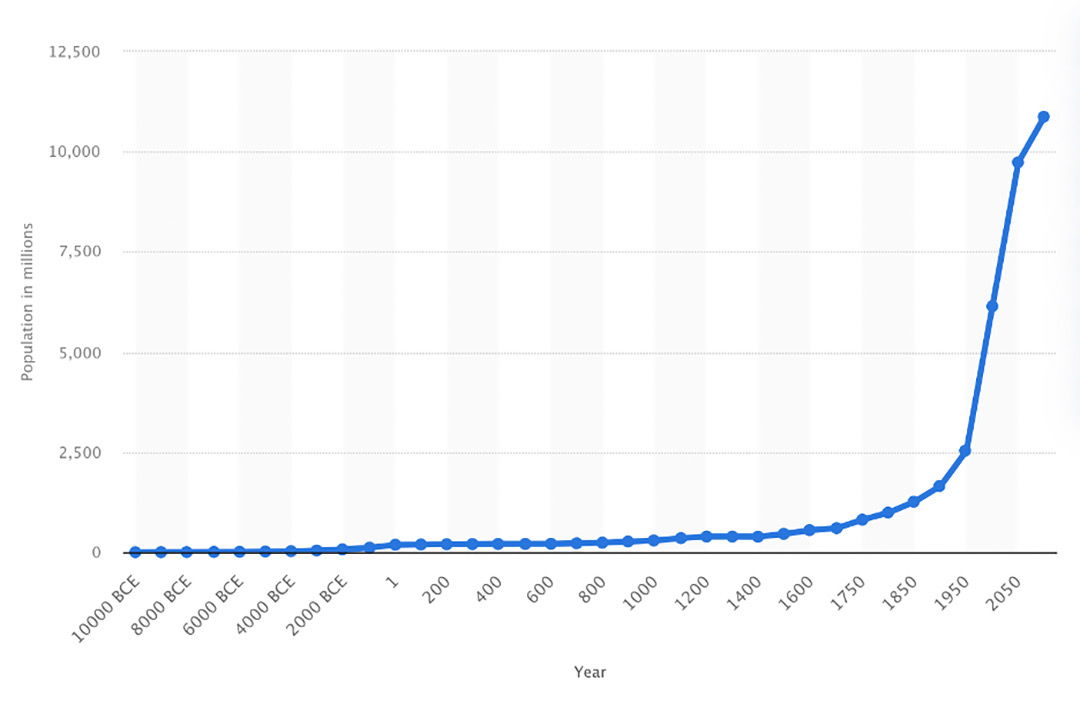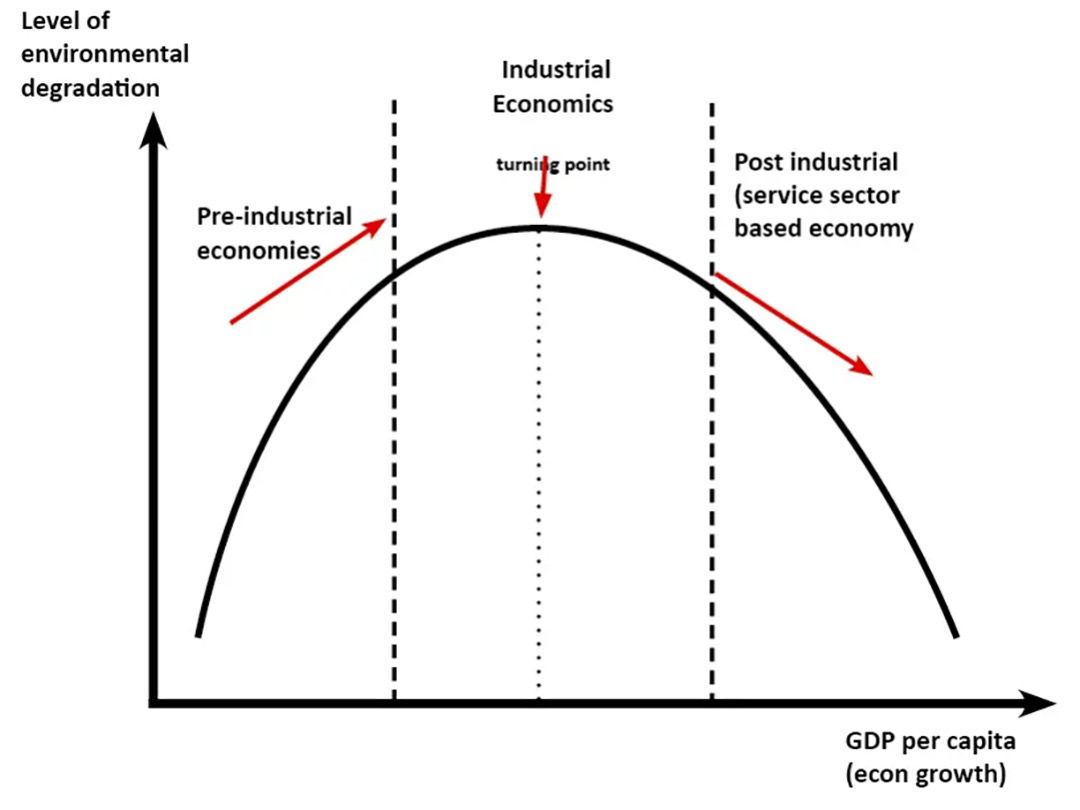Sustaining our built-natural environment: Homo sapiens on planet Earth


· 8 min read
The migration of hominids has occurred sporadically out of Africa over hundreds of thousands of years. The last migration was that of Homo sapiens, perhaps the most successful species on the planet. As humans, we swim in a sea of ideas and information, grabbing, blending, adapting, linking, and bending them to our purposes.
This story interweaves the perspectives and insights of multiple disciplines. It borrows from entire bodies of scholarship in an attempt to summarize the dynamics of our built-natural environment, challenges, and opportunities in sustaining it. While we are sentient beings aware of our surroundings and living our lives, some privileged and some not, this article attempts to bring our species' place in the world front-of-mind, even though we may all consciously or unconsciously be aware of it.
Homo sapiens migrated out of Africa roughly 70,000 years ago and had spread across the planet by roughly 12,000 years ago. Homo sapiens are overwhelmingly short-term focused, partly a result of the human life span. The world population has also grown exponentially from perhaps 5 million 10,000 years ago to one billion in 1800 near the beginning of the Industrial Revolution, to over 8 billion today, with projections of nearly 10 billion by 2050 (Figure 1). We also know that the carrying capacity of the planetary ecosystem is limited, although estimates vary wildly based on the assumptions. Nonetheless, we have transformed ourselves into the masters of the entire planet and the terror of the ecosystem.
Figure 1. World population for the past 10,000 years

For most of Homo sapiens' migration out of Africa and around the world, the planet has not been in peril due to human impacts. There are exceptions, such as the probable reduction through human hunting of large herbivore populations during climate change during the late Quaternary. The brains of Homo sapiens developed in conjunction with this diet from this hunting and has enabled us to build infrastructure never seen before.
As our species spread around the world, we built dwellings, vast air, land and water networks, power generation and distribution systems, clean water and wastewater treatment systems, voice and data distribution systems, towns and cities, huge metropolises, agriculture facilities to feed the masses, and other fantastic technologies. We may be living at the highest quality of life ever, depending on how quality is measured and despite the impact on nature.
Estimates are that world wealth is valued at over USD 463 trillion, reaching over USD 583 trillion by 2025. These dollar figures are, of course, man-made inventions that do not measure other values, such as wellness and nature. Nonetheless, it is the social construct in which we humans live. This reflects how our species has been built, using that term somewhat loosely, and is a long way from Adam Smiths' The Wealth of Nations, published in 1776 and near the beginning of the Industrial Revolution. Our impact on the natural environment has been nothing short of dramatic.
The built-natural environment is part of one global environment. The natural environment remained largely undisturbed prior to the Industrial Revolution. Since then, the cost has increasingly resulted in natural resource degradation. Now we are at a point where human impacts are degrading a healthy global ecosystem on which we all depend. These impacts are primarily human-caused global warming, habitat and biological diversity loss, pesticide/herbicide/industrial waste/pollutants/toxic chemicals, and e-waste. The actual cost is incalculable. No one knows precisely that future cost, but we must act to mitigate the worst.
No one has likely intended the negative impacts that have led to this existential crisis. In most cases, it has occurred slowly, with impacts accumulating over time. Our species is more akin to a frog being boiled slowly in water. By the time the frog realizes it needs to get out, it's too late.
The fundamental issue is that we, as humans, behave like we are separate from or superior to the natural world (Figure 2). Nonetheless, the supporting evidence for this crisis is overwhelming. Myriad other efforts have brought this crisis into our daily lives and into focus: the original 1972 Limits to Growth, an update to the 1972 Limits to Growth model, The Limits to Growth +50, We Don’t Have Time, Inside Climate News, Engineering with Nature, and perhaps the greatest collection of scientists the world has ever known the International Governmental Panel on Climate Change or IPCC.
Figure 2. Humans are superior to or separate from versus a part of the natural world

Systems thinking has helped advance our understanding of how our planetary ecosystem works—air, land, water, and human-built. This speaks directly to the interaction of our built-natural environment. A straightforward set of tenants for sustaining our built-natural environment was put forth by a foremost systems thinker, Donella Meadows, over 50 years ago:
Meadows has also pointed out that:
"There are no separate systems. The world is a continuum. Where to draw a boundary around a system depends on the purpose of the discussion."
While we have learned considerably about our built-natural environment, we still have much to learn. Seeing and understanding the whole of Earth's built-natural environment is an enormous challenge, nearly impossible, and filled with "Black Swans." In theory, economic development would eventually decrease environmental degradation (Figure 3). However, this is simplistic, and the link between economic development and reduced environmental degradation is weak. Conversely, environmental degradation reduces economic development. Our species cannot accept this path to a healthy planet. It is much more complicated than that.
Figure 3. Kuznet's curve theorizes the link between economic development and decreased environmental degradation

We must also view the world through the best science, facts and truth available and not misinformation. Fundamentally we must get our priorities right, starting with a healthy planet.
Concurrently, we must resolve our societal caste system. It is fundamental to sustaining our planet. There is an inextricable link between the existential threats of balancing truly sustainable built-natural environments and of castes described by Isabel Wilkerson and Petra Bakewell-Stone. We must become a real pluralistic planetary society. Diversity in nature and humanity is the default, not a monoculture. Diversity provides more profound, more flexible, more resilient, and ultimately stronger systems. Wilkerson says it best:
"In a world without caste, being male or female, light or dark, immigrant or native-born, would have no bearing on what anyone was perceived as being capable of. In a world without caste, we would all be invested in the well-being of others in our species if only for our own survival, and recognize that we are in need of one another more than we have been led to believe. We would join forces with indigenous people around the world raising the alarm as fires rage and glaciers melt. We would see that, when others suffer, the collective human body is set back from the progression of our species. A world without caste would set everyone free."
As a species, many but not all of us have recognized this existential crisis. It is coming at us at increasing speeds; it is complex and not totally understood. Still, we are at the peril of our natural environment and that of our species if we ignore it. Instead, we must rebalance the scales with the actual value of nature and live in harmony with it. This will make the built-natural environment sustainable for all life on Earth.
illuminem Voices is a democratic space presenting the thoughts and opinions of leading Sustainability & Energy writers, their opinions do not necessarily represent those of illuminem.
illuminem briefings

Sustainable Lifestyle · Social Responsibility
illuminem briefings

Social Responsibility · Sustainable Lifestyle
illuminem briefings

Biodiversity · Sustainable Lifestyle
The Economist

AI · Sustainable Lifestyle
BBC

Biodiversity · Climate Change
The Irish News

Diversity & Inclusion · Entertainment